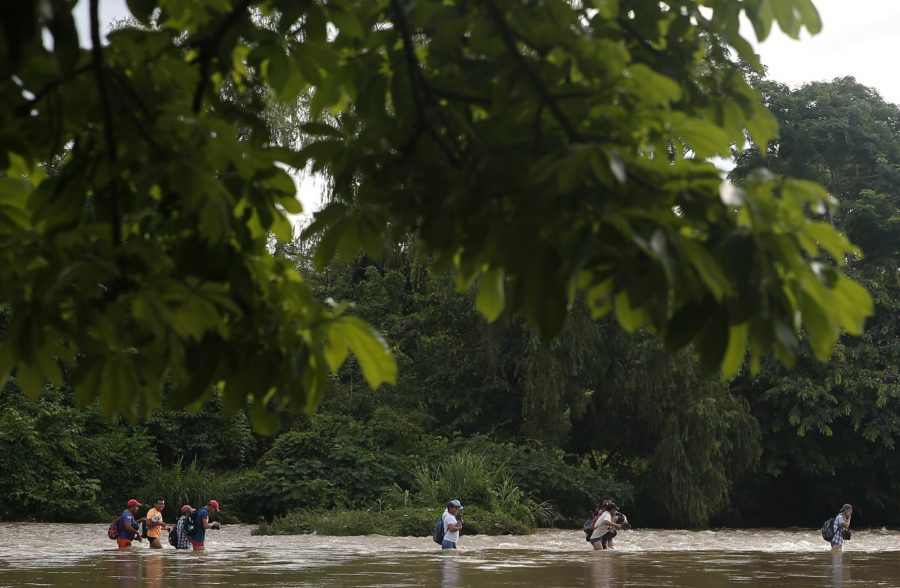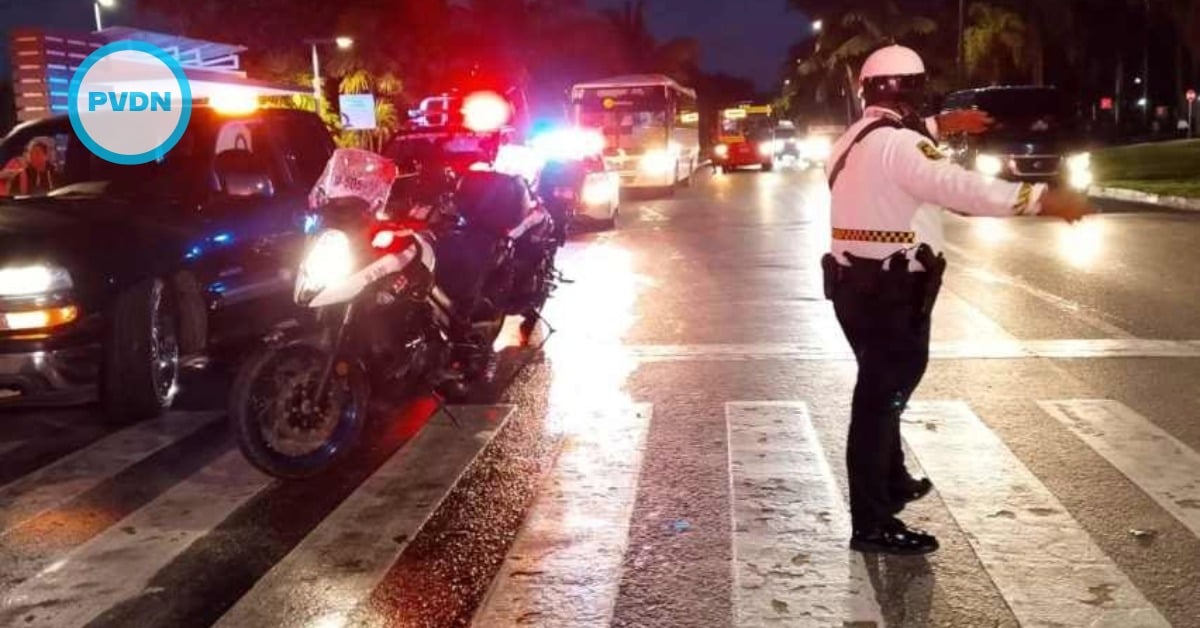It was still dark when the first Guatemalan farm worker walked ashore in Mexico early Thursday, just the bottoms of his shorts damp from the shallow ford of the Suchiate River. As the sky brightened, another man drove a big blue tractor across the muddy waters to Guatemala with a…






